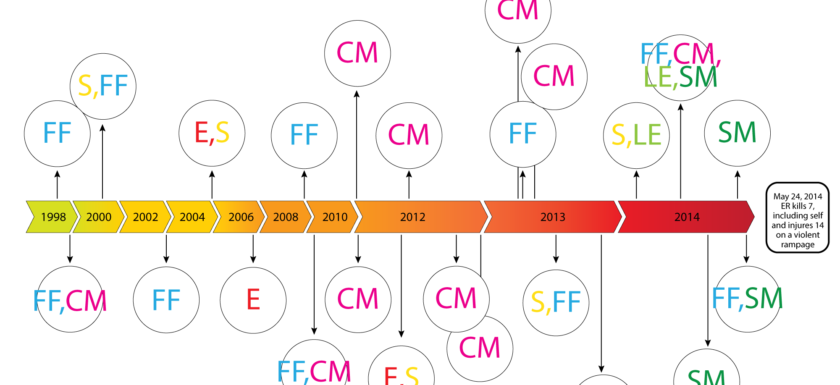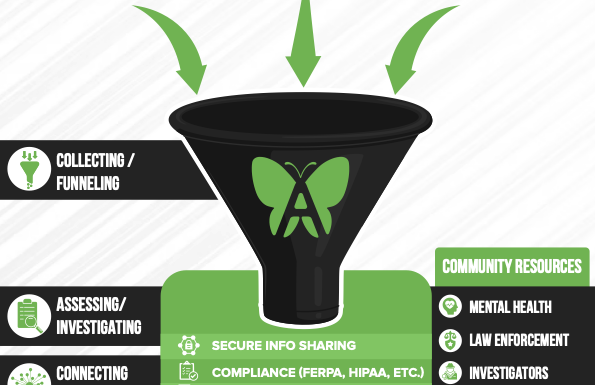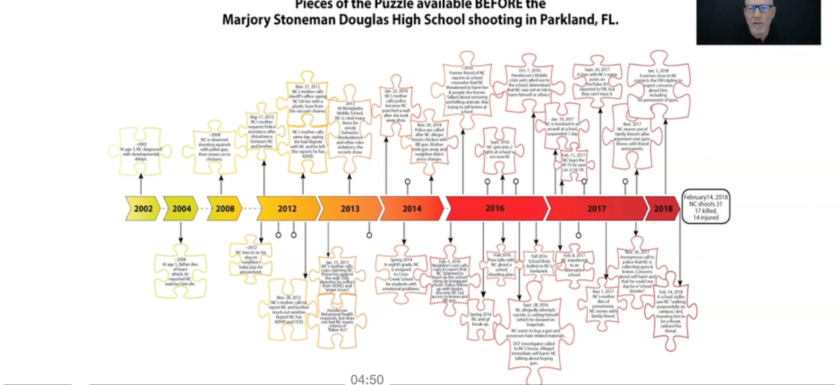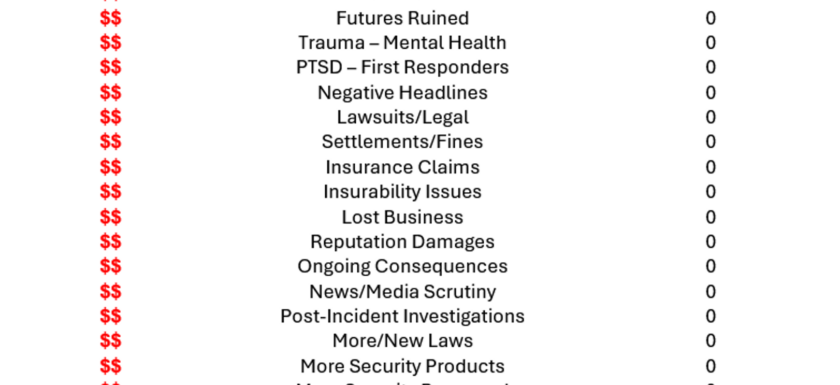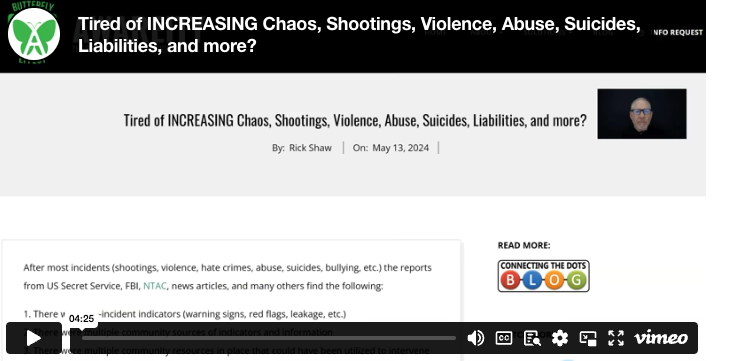Higher Ed Research facts, silos, and different actions
Incidents are increasing in numbers and “costs” (lives, futures, reputations, response, recovery, lawsuits, insurance, etc.) and most have the SAME RECURRING PROBLEMS. Facts reveal most incidents had pre-incident indicators, had numerous sources of information and had numerous resources who could have taken pre-incident prevention actions if they had been equipped to see the historical and the escalating pre-incident indicators that were scattered across silos. Facts reveal most organizations implemented security solutions, access controls, incident reporting, law enforcement, threat assessment teams, and had other resources, but were NOT equipped to address the silos, blind spots, and many other recurring problems. Recurring problems ARERead More →

